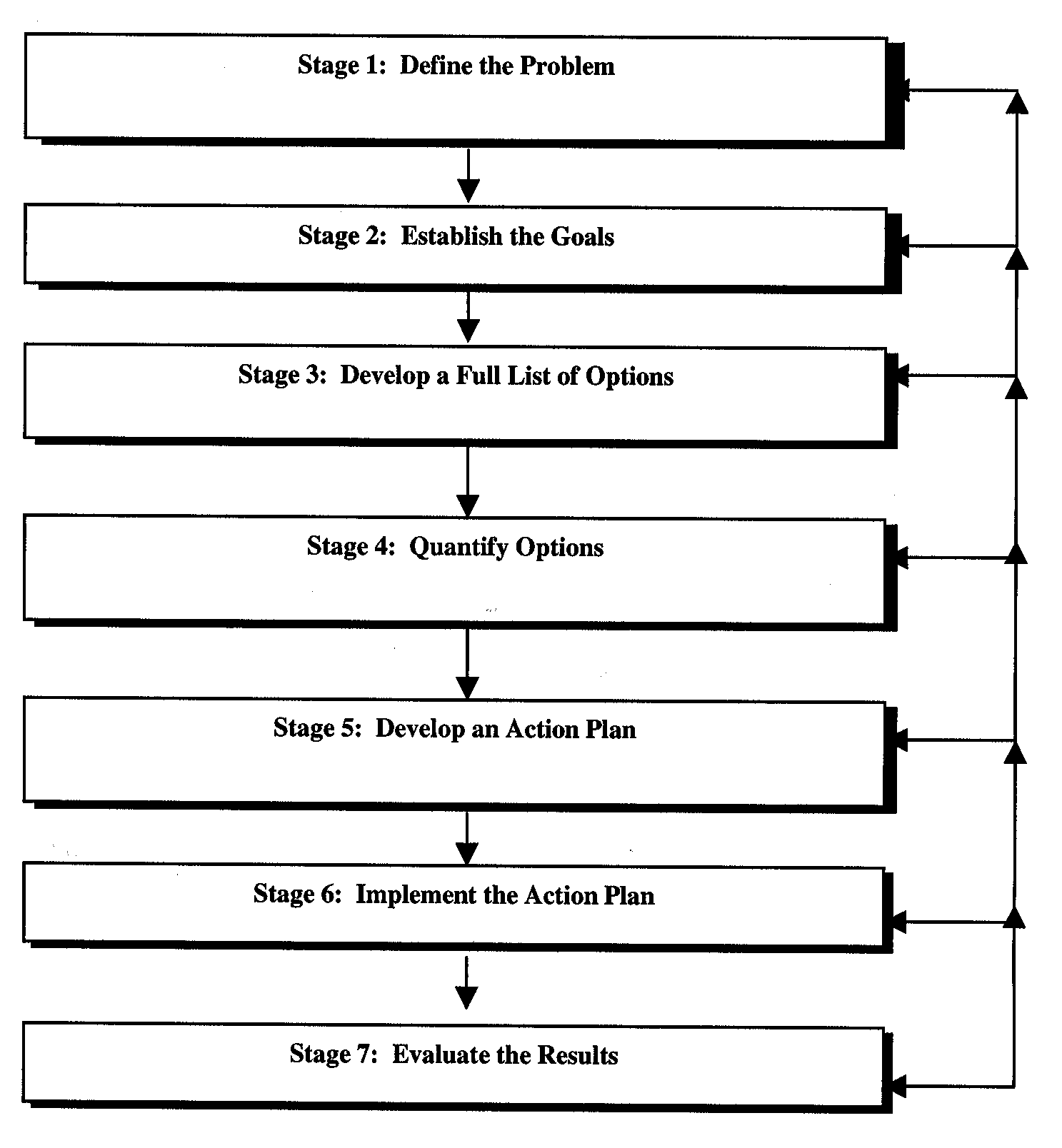
Least Cost planning for the Water Services Sector in South Africa
1274/1/04
March 2004
EXECUTIVE SUMMARY
South Africa, whilst known for its vast mineral resources, it is a land of many contrasts with respect water resources and services. With its very low and highly variable rainfall as well as cyclical drought, South Africa has over the years, developed extensive infrastructure to meet the growing demand. Further investment in infrastructure historically tended to favour certain sections of society at the expense of others. The main challenges facing the country are water scarcity and access to basic waters services. It is therefore essential that the available resources be used equitably, efficiently and beneficially.
In a scenario of growing demand, limited resources, financial constraints, environmental concerns, and increasing public scrutiny, a paradigm shift in the planning of water services is inevitable. Traditional planning approaches for water services can no longer be as effective as they were in the past. Modern planning emphasising on forecasting with greater precision, using methodologically sophisticated approaches to risk and uncertainty are gaining ground. In other sectors, such as energy and transportation, and in other countries, Least Cost Planning (LCP) and Integrated Resource Planning (IRP) have emerged as indispensable planning tools in dealing with the prevailing challenges.
The objectives of the study were:
The study traces the origins of (LCP) from the energy sector some two decades ago. LCP is defined, compared with other planning approaches. LCP lessons from various sectors are highlighted. The LCP initiatives, initially in transportation planning and recently in water sector, are attributable to its successful application in the energy sector. The water, sector was found to have more similarities with energy and as such experiences gained there provided a more useful analogy for the application of Least Cost Planning in the water sector. To bring LCP into the South African context, an overview of water services developments and restraints inherent in economic planning were also highlighted. This followed by an outline of principles and processes of economic evaluation in the planning of water services and finally an exploration of an algorithm application in water services.
LCP process commences with an upfront and clear statement of the problem. Here, the full set of options is reduced to potential options, which are relevant to the stated problem and can be feasibly implemented. The feasibility stage can be regarded as a more detailed options assessment stage and requires high quality data for the analysis, costs and the range of environmental and social impacts expected from the alternative options. The options analysed are grouped into alternative plans. Selection is based on a comparison of the different options in terms of their financial and environmental benefits, their cost and the flexibility. In establishing the best mix of options, the LCP procedure could link into the comprehensive methodology developed by Johnson et al (2002). The applicability of LCP to the water sector is illustrated through a hypothetical example.

The aims of the study were achieved through tracing the history of LCP and adoption of a definition applicable into the water services of South Africa. Lessons we drawn from the various sectors. Although some experience from the energy sector transferable to the water sector, certain aspects of water supply are dramatically different from energy supply, in particular the electricity utilities. For example, upstream use can affects downstream use and contamination can render a water supply source useless. Technical problems challenging the LCP approach, when it is applied in the water sector, unlike electricity utilities, water suppliers are not physically interconnected and it may be difficult for the supplier to meet developing or changing demands quickly. Certain load techniques used for electricity are therefore not applicable to the water sector. The regulatory structure of the water sector may create other limitations. Unlike electricity, natural gas and transportation utilities, which have regional transmission networks, regional water systems are constrained by the limited application of economies of scale.
The study recommends that the algorithm be tested through a "real life" case study with various stakeholders. The linkage with further research be encouraged to quantification of changes in services related welfare and environmental cost. The LCP approach is communicated to as many interested parties as possible.